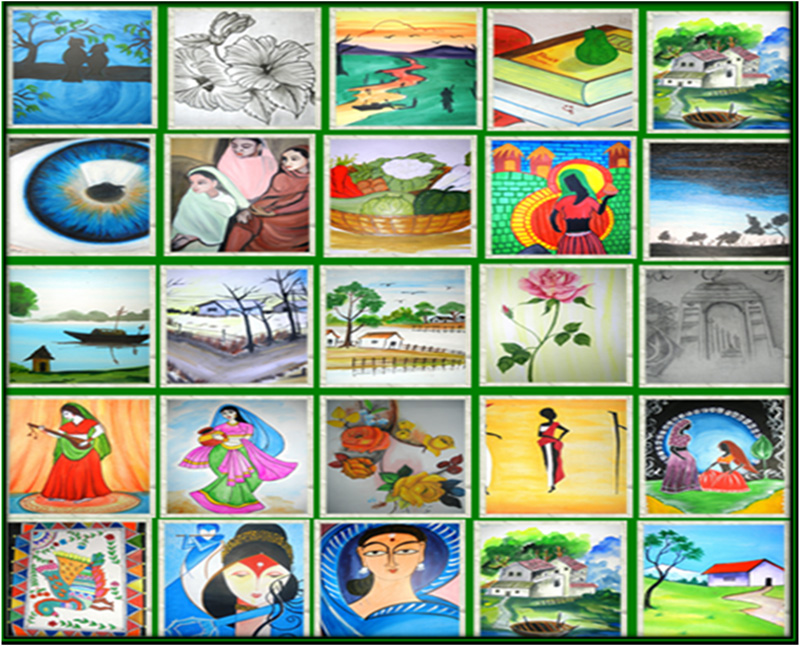“There is no must in Art because art is free.”
We believe that Visual Arts can do wonders for your child. In a community as diverse as ours, the arts serve as an essential bridge across language and cultural differences. Today more than ever art is needed by our young people as a forum for safe expression, communication, exploration, imagination, and cultural and historical understanding. A strong arts education promotes the skills children need to be successful. Exposure to art education promotes self-directed learning and sharpens critical as well as creative skills.
A child’s mind can do wonders! Children are quick to learn new concepts and are able to hold on to their early learning all throughout their lives and benefit from it. When introduced to the right skill at the right time, children have the potential to grasp multiple things at once.
Practicing art is like playing a sport with no rules. Children are free to use their imagination and experiment without holding back. Unlike academics, art is a subjective domain with no strict rules to play by — helping children develop an inventive attitude. Such a mindset goes on to play a crucial role in helping children excel — in their studies and beyond.
Reports state that youngsters, who are exposed to arts early on, for about three hours each day, are four times more likely to excel in academics or related events such as quizzes, science fairs and Olympiads. In fact, numerous studies point out that art helps children with mathematics, reading, writing and faster recall.
Simple creative activities are some of the building blocks of child development. Learning to create and appreciate visual aesthetics may be more important than ever to the development of the next generation as they grow up. Drawing, sculpting with clay and threading beads on a string all develop visual-spatial skills.

Simple creative activities are some of the building blocks of child development. Learning to create and appreciate visual aesthetics may be more important than ever to the development of the next generation as they grow up. Drawing, sculpting with clay and threading beads on a string all develop visual-spatial skills.
At GRD Academy, through regular classes, workshops and exhibitions, we expose our students to the following forms of artistic self expression at different stages of their schooling:
- Colour charts
- Pencil Shading
- Sketching
- Textile and Block Printing
- Calligraphy and enlarging
- Compositions
- Poster Making
- Impression Painting
- Perspective Drawing
- Knife Painting
- Collage
- Glass painting
- Portraits
